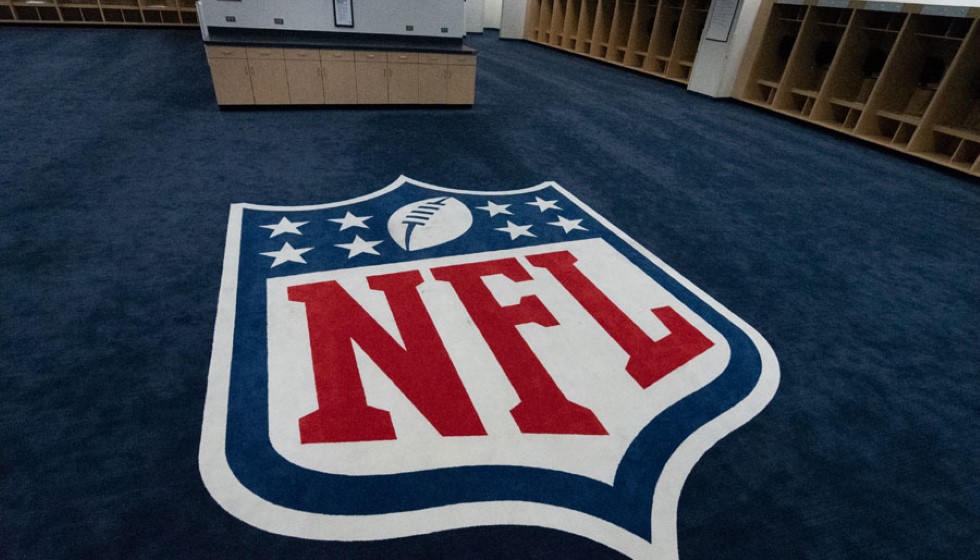
New York City’s NFL scene is caught in the throes of uncertainty this season, as both the Jets and Giants grapple with challenges that threaten to overshadow their aspirations. The unforgiving nature of professional football is evident this year, with each team forced to confront a litany of obstacles and navigate significant shifts in strategy, management, and personnel.
The Jets' Season of Change
As the Jets grapple with a disappointing 3-8 record, significant changes are underway in an attempt to salvage what remains of a turbulent season. The management, clearly frustrated with the team's performance, has already made notable moves by dismissing both the head coach and general manager. It's a bold step that signifies the organization’s urgency to shift direction.
Additionally, the Jets have restructured their offensive approach by stripping offensive play-calling responsibilities from their offensive coordinator. This decision underscores the need for a fresh perspective in unlocking the team's offensive potential.
A key narrative in the Jets' saga is the status of their celebrated quarterback, Aaron Rodgers. At 40 years old, Rodgers finds himself in the formidable process of recovering from an Achilles tear. As he advances in age, his health remains a pivotal concern for the team’s future. Meanwhile, Tyrod Taylor steps in as the backup quarterback, tasked with steering the offense under trying circumstances.
Amidst these challenges, the acquisition of star receiver Davante Adams through a trade involving a third-round pick adds a glimmer of hope. Adams’ inclusion aims to bolster the Jets’ receiving corps and provide the offense with a much-needed spark. Furthermore, with an anticipated $33.9 million in cap space available for the upcoming offseason, the Jets have flexibility for strategic roster improvements.
Giants in Transition
The Giants are entrenched in their own struggles, sitting with a 2-8 record and making pivotal lineup changes in response to their persistent woes. The decision to bench their starting quarterback in favor of Tommy DeVito illustrates the team’s quest to breathe new life into its offensive lineup. Though relatively untested, DeVito is seen as a potential catalyst to alter the Giants' offensive productivity.
Drew Lock, who brings more experience than DeVito, stands ready to contribute if required, offering the Giants stability in the quarterback position amidst such transitions. However, the most substantial change looms in the upcoming offseason, as the Giants plan to cut Daniel Jones—a move projected to secure an estimated $42.3 million in cap space. This financial restructuring indicates the Giants' intent to rebuild and reallocate resources effectively.
Additionally, the Giants are expected to receive a fourth-round compensatory draft pick, a valuable asset in their rebuilding strategy, offering the franchise an opportunity to infuse new talent into their roster.
The Road Ahead
For both New York teams, the remainder of the season is a critical period of reflection and adjustment. The need to stabilize and redefine both team identities is pressing, as Broadway's football franchises seek to chart a more successful path forward amidst the pressures of professional sports.
Fans, while deeply frustrated, hold onto aspirations of witnessing a resurgence of their beloved teams. The tactical decisions and organizational shifts being made today will undoubtedly shape the landscape of New York football for seasons to come. The Jets and Giants must capitalize on their available resources and talents to orchestrate a turnaround that meets the high expectations of their storied franchises.